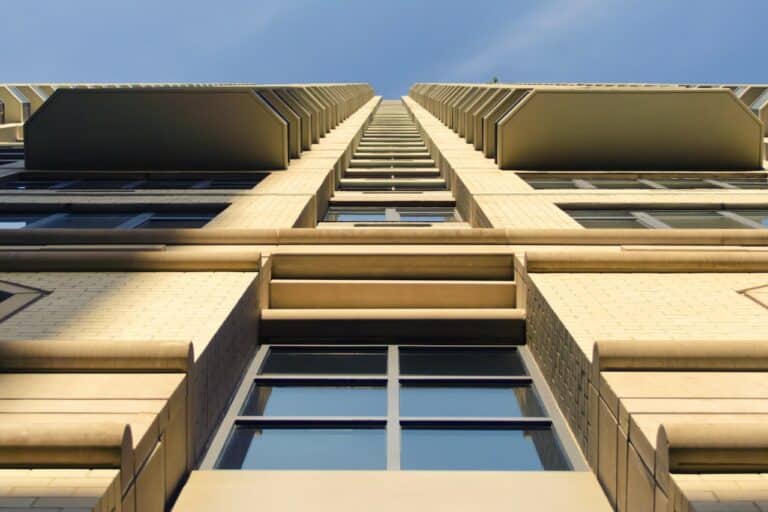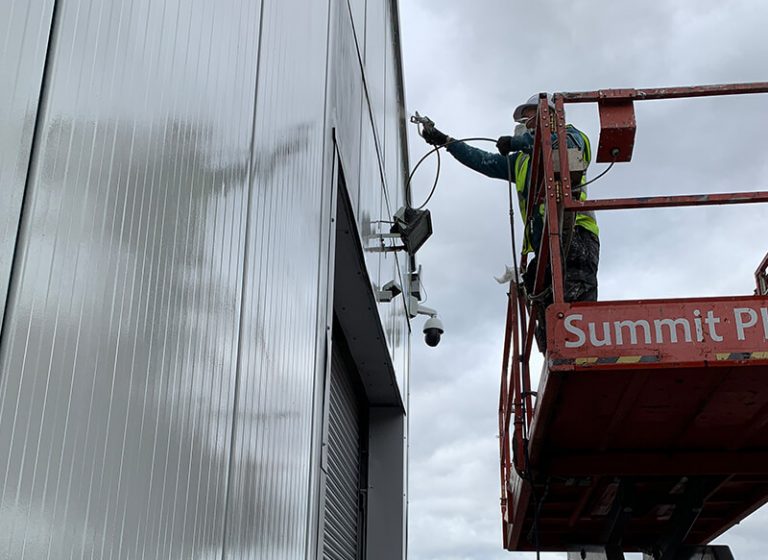For many homeowners, the idea of a flat roof on a residential building might seem like an unconventional choice. However, flat roofs have been used extensively in commercial and industrial buildings for decades, and are increasingly being adopted for residential buildings as well.
So, let’s explore the feasibility of installing a flat roof on a residential building, discussing the various factors that you need to consider and weighing the pros and cons of this roofing option.
The Legality of Flat Roofs on Residential Buildings
First and foremost, let’s address the legality of installing a flat roof on a residential building in the UK. The good news is that, in most cases, a flat roof is entirely permissible on residential properties. It’s crucial, however, to ensure that you comply with building regulations and planning permissions and consult with a professional architect or structural engineer to ensure your design is safe and suitable for your property.
Advantages of Flat Roofs on Residential Buildings
- Modern Aesthetic Appeal: One of the main reasons homeowners opt for a flat roof is the sleek, modern aesthetic it lends to the property. Flat roofs can complement the contemporary architecture, offering clean lines and minimalist appeal.
- Space Utilisation: Flat roofs provide additional usable space, which can be utilised for various purposes such as rooftop gardens, solar panel installations, or even outdoor living spaces. This can be a significant advantage in urban areas where space is often at a premium.
- Cost-Effective: Flat roofs can be more cost-effective than traditional pitched roofs, as they require fewer materials and are generally quicker to install, leading to reduced labour costs.
- Accessibility: Flat roofs are easier to access and maintain, simplifying tasks like gutter cleaning, repairs, and other maintenance work. This ease of access can help extend the lifespan of the roof as any issues can be addressed more promptly.
Disadvantages of Flat Roofs on Residential Buildings
- Drainage Issues: One of the primary concerns with flat roofs is their ability to drain water effectively. While a slight pitch can be incorporated into the design to encourage water runoff, inadequate drainage can lead to pooling water and subsequent leaks or structural damage. With that in mind, it’s essential to work with a skilled roofing professional to ensure proper drainage is in place.
- Structural Stability for Winter Seasons: Flat roofs may not be suitable for areas with heavy snowfall, as the lack of pitch can cause snow to accumulate and put pressure on the roof’s structure. If you live in an area prone to heavy snow, it’s essential to consult with a professional to determine if a flat roof is the right choice for your home.
The Bottom Line
It’s certainly possible to install a flat roof on a residential building in the UK, provided you take the necessary steps to ensure its durability and performance. By choosing the right materials, insulation, and drainage system, a flat roof can be an attractive and functional addition to your home, offering a range of benefits from increased living space to improved energy efficiency.
When it comes to finding the best builders in Birmingham, G.I.Skyes is a top choice for your construction needs. Contact us today to discuss your project and experience the G.I.Skyes difference for yourself!



